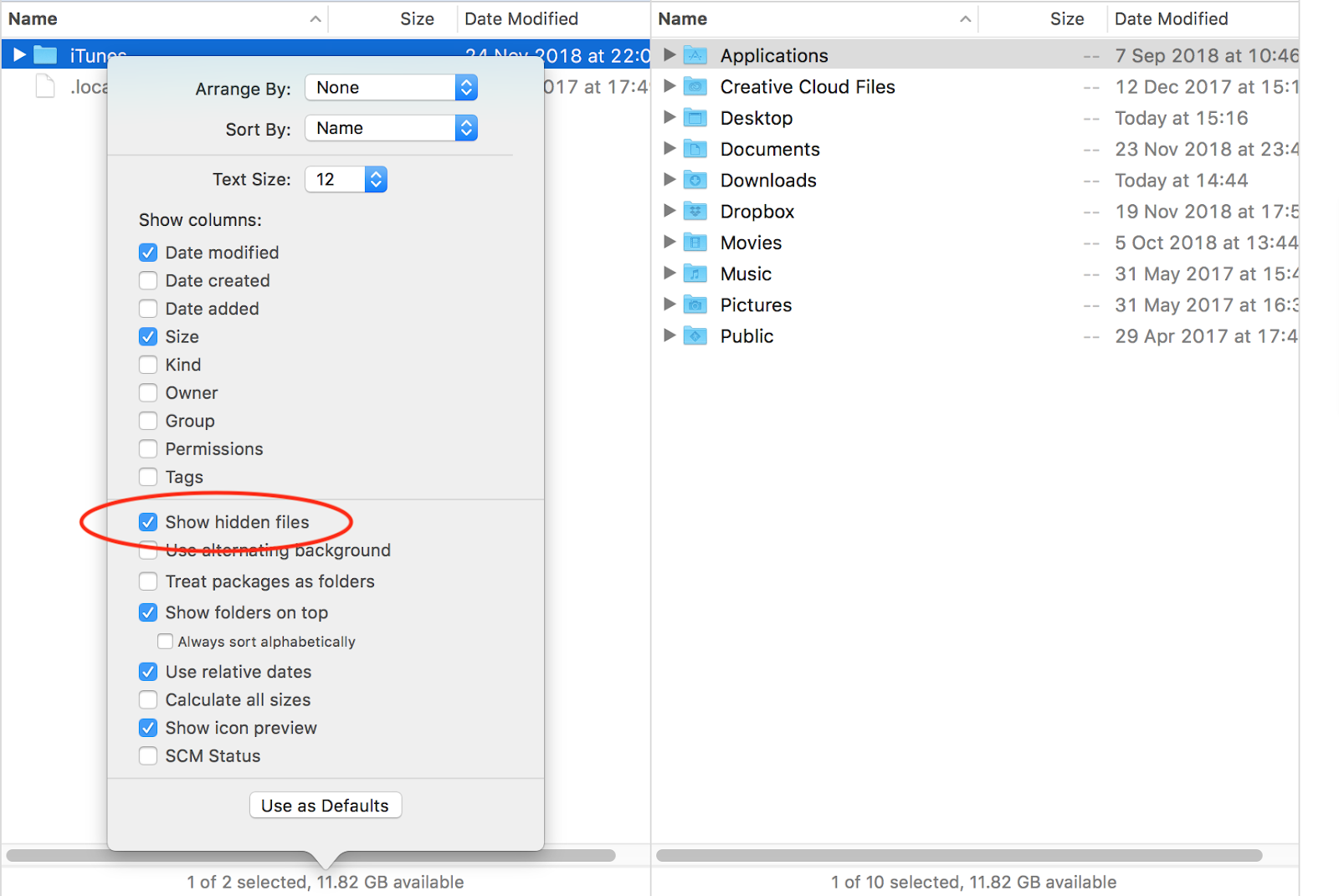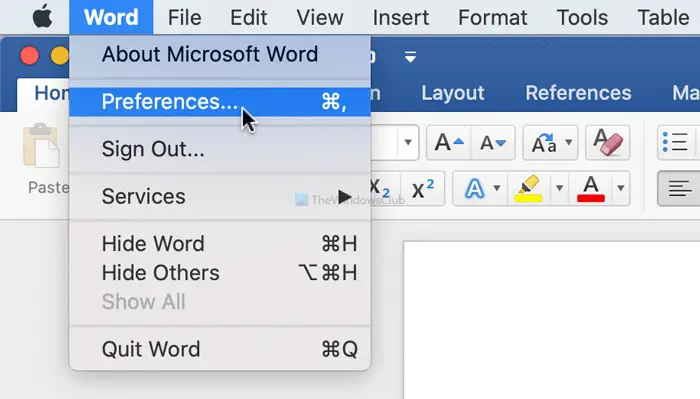
Word displays the Document Inspector dialog box.

Make sure all the available check boxes are selected.At the left side of the screen choose Prepare | Inspect Document.You can also follow these steps to get rid of identifying information in comments and changes by following these steps in Word 2007: The dialog box will put the original name back in an empty name box and a letter in the initial box. Note that merely deleting the user name and initials in the dialog box will not work you must use a space or a new word/name. Just display the General options (in the Word Options dialog box) and then replace the user's name and initials with a space or some nondescript wording, such as "Referee 1." Any changes from that point on will then bear that name, and anonymity will be preserved. It is possible, of course, to tell the referees to make a change or two to Word prior to making any changes in an article being reviewed. If the original article author got the article back, all that would be necessary would be to hover the mouse pointer over a change or comment, and the name of the referee would be visible. The problem is that Word, as part of the Track Changes feature, also tracks the name of the person who made a particular change. As reviewers (called referees) are reviewing articles, they keep Track Changes turned on so that modifications and comments stand out in the document.
#HIDING TEXT IN WORD FOR MAC LICENSE#
License Terms: According to Microsoft Trademark & Brand Guidelines, this logo may be used 'in text solely to refer to and/or link to Microsoft's products and services.John publishes a journal whose articles are peer-reviewed, and the reviewers are supposed to remain anonymous from the person who originally wrote the article. License: Public Domain: No Known Copyright. License Terms: According to Microsoft Trademark & Brand Guidelines, this logo may be used 'in text solely to refer to and/or link to Microsoft's products and services.'

Again, your status bar may look different or not even be visible, but here is an explanation of what many icons on the status bar mean. The status bar is at the bottom of the Word window.

You can reopen the ribbon with the ribbon display options. Hide ribbon. If you find the array of buttons too distracting, you can hide the ribbon by pushing the arrow at the bottom-right corner of the ribbon.Clicking the small, boxed-in arrow at the bottom right-hand corner of each group opens a dialog box with more options for each group. For example, the Font group contains all the font tools and options. Those type names are near the bottom of the ribbon. Group names. Within each tab, commands are grouped according to type.The currently selected tab is white, while the other tabs are blue. Currently selected tab. The Home tab is selected by default when you open Word.The tabs you will most frequently use are the File tab and the Home tab. Clicking each tab provides a whole new set of options. Tabs. The tabs on the ribbon are a way of organizing the many tools and options Word has.You can customize which commands are available in the quick access toolbar by clicking the arrow to the right of the Redo button. By default, the quick access toolbar has (from left to right) Save, Undo, and Redo. Quick access toolbar. The quick access toolbar shows commonly used commands so that you can execute those commands with one button instead of a couple.


 0 kommentar(er)
0 kommentar(er)
